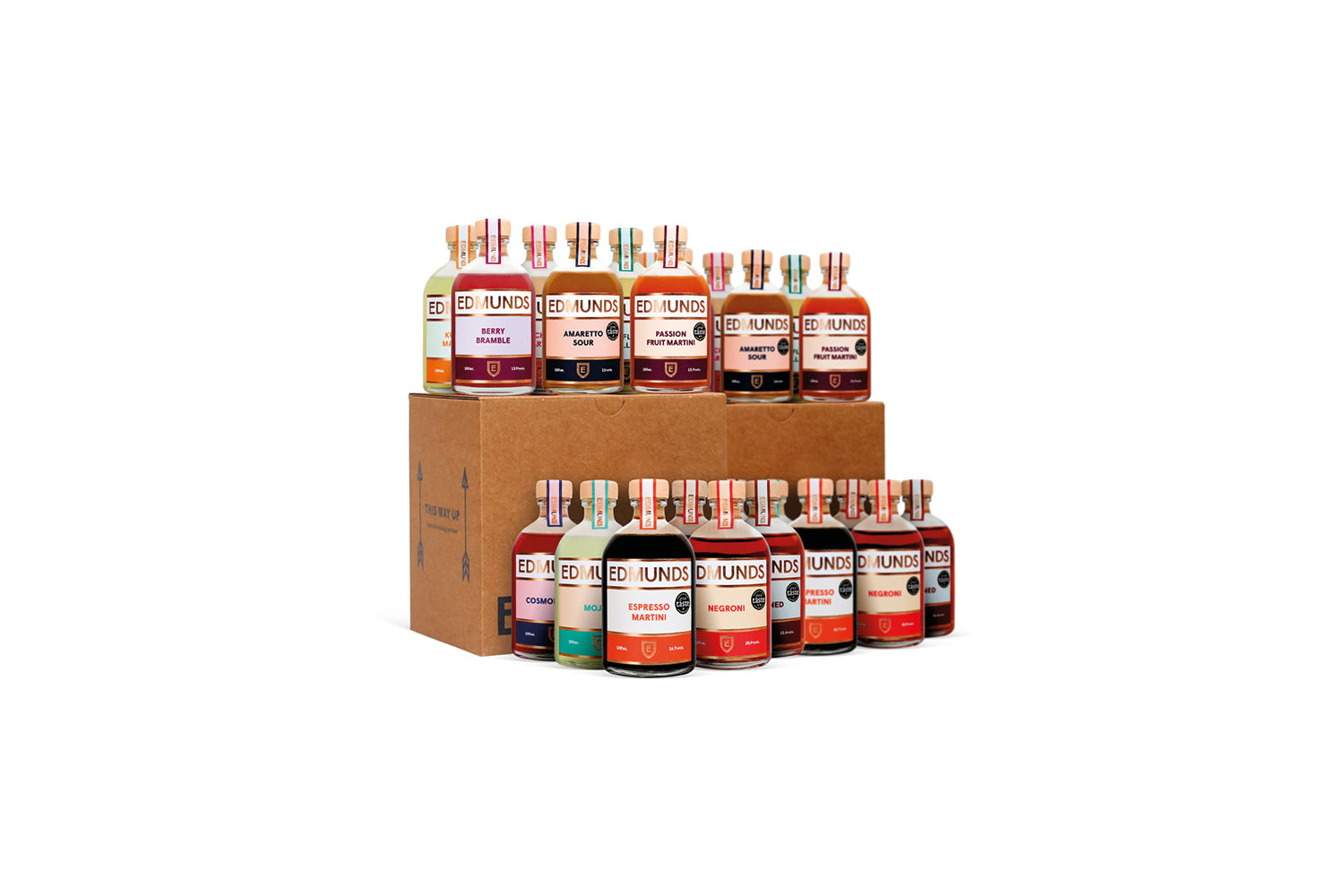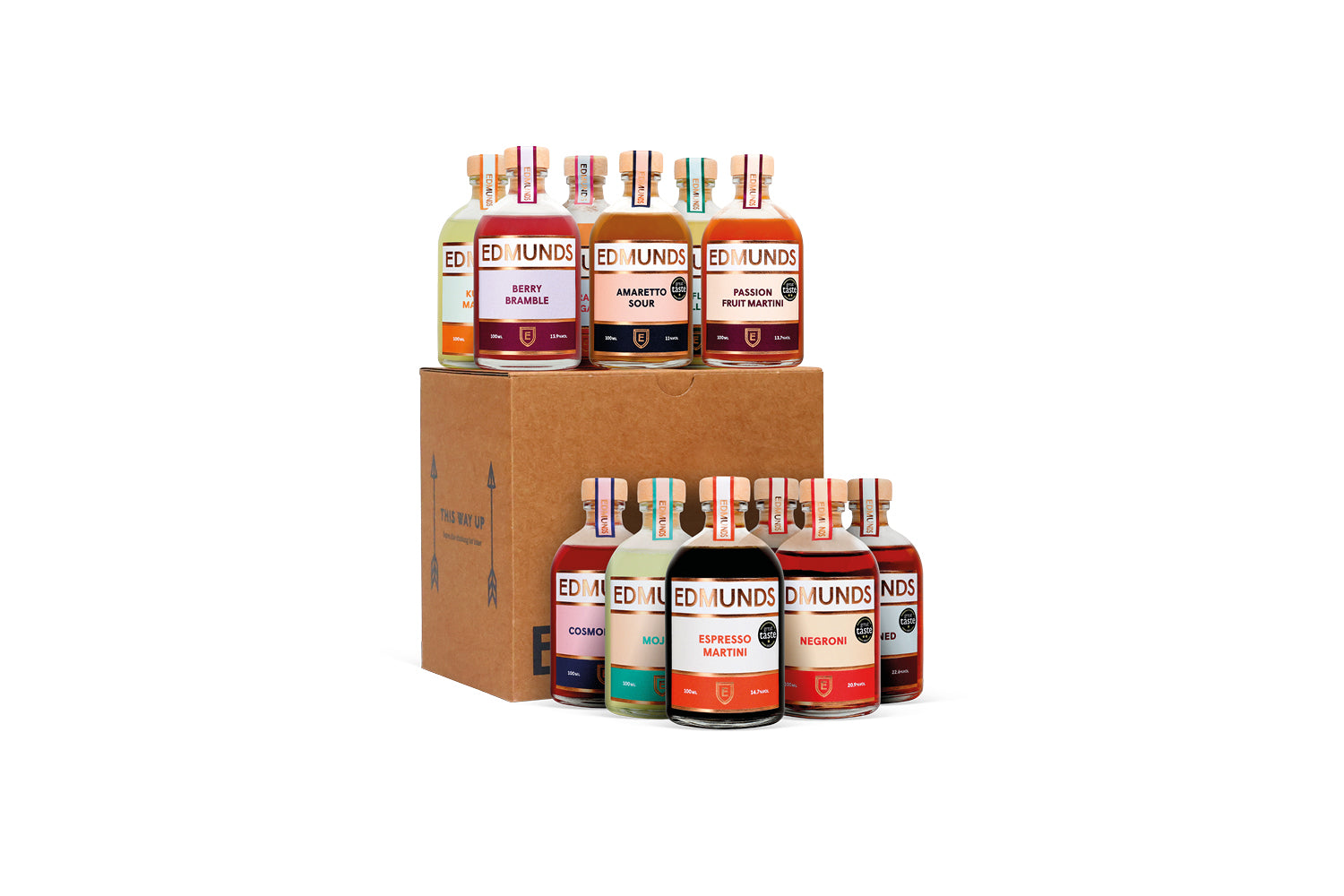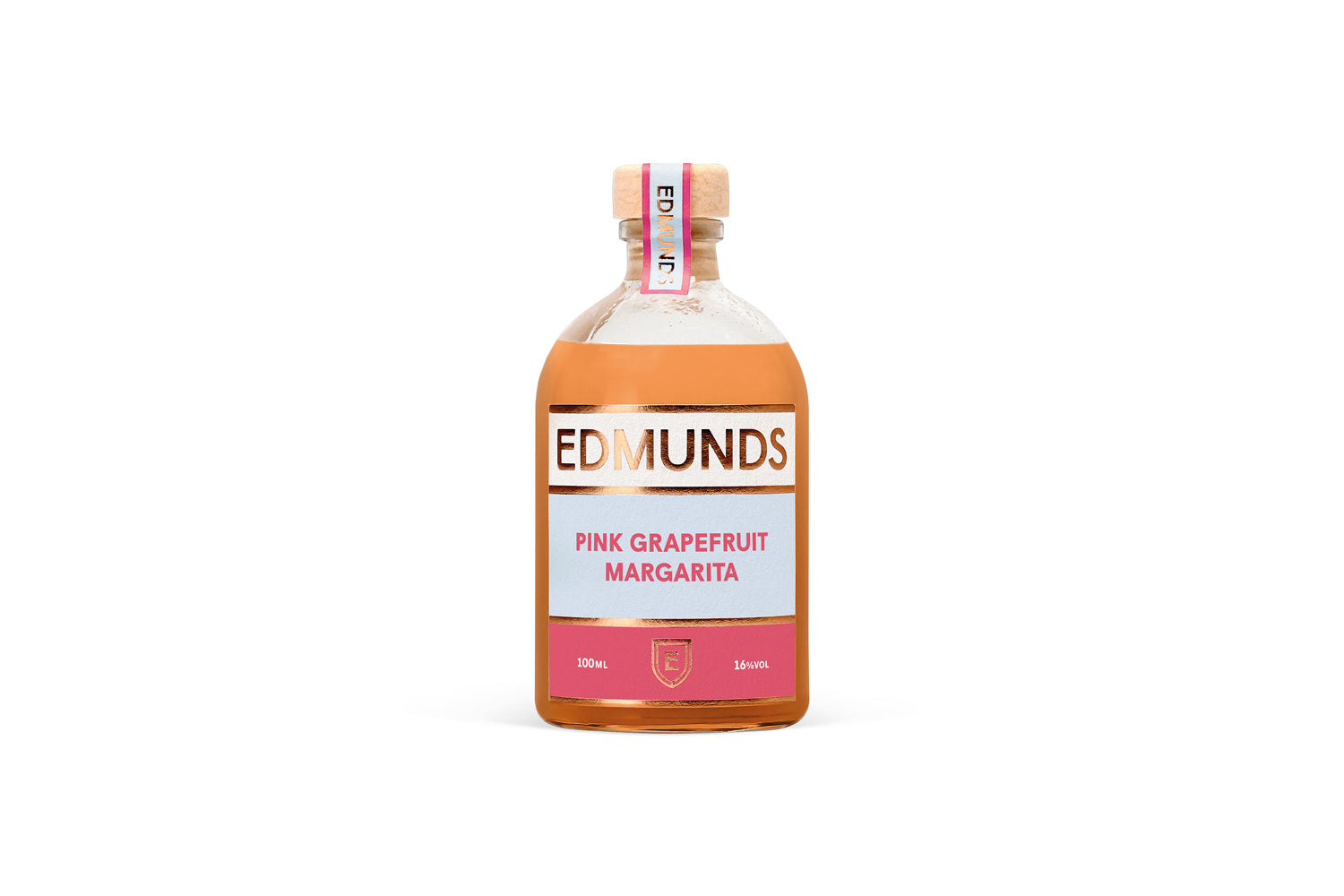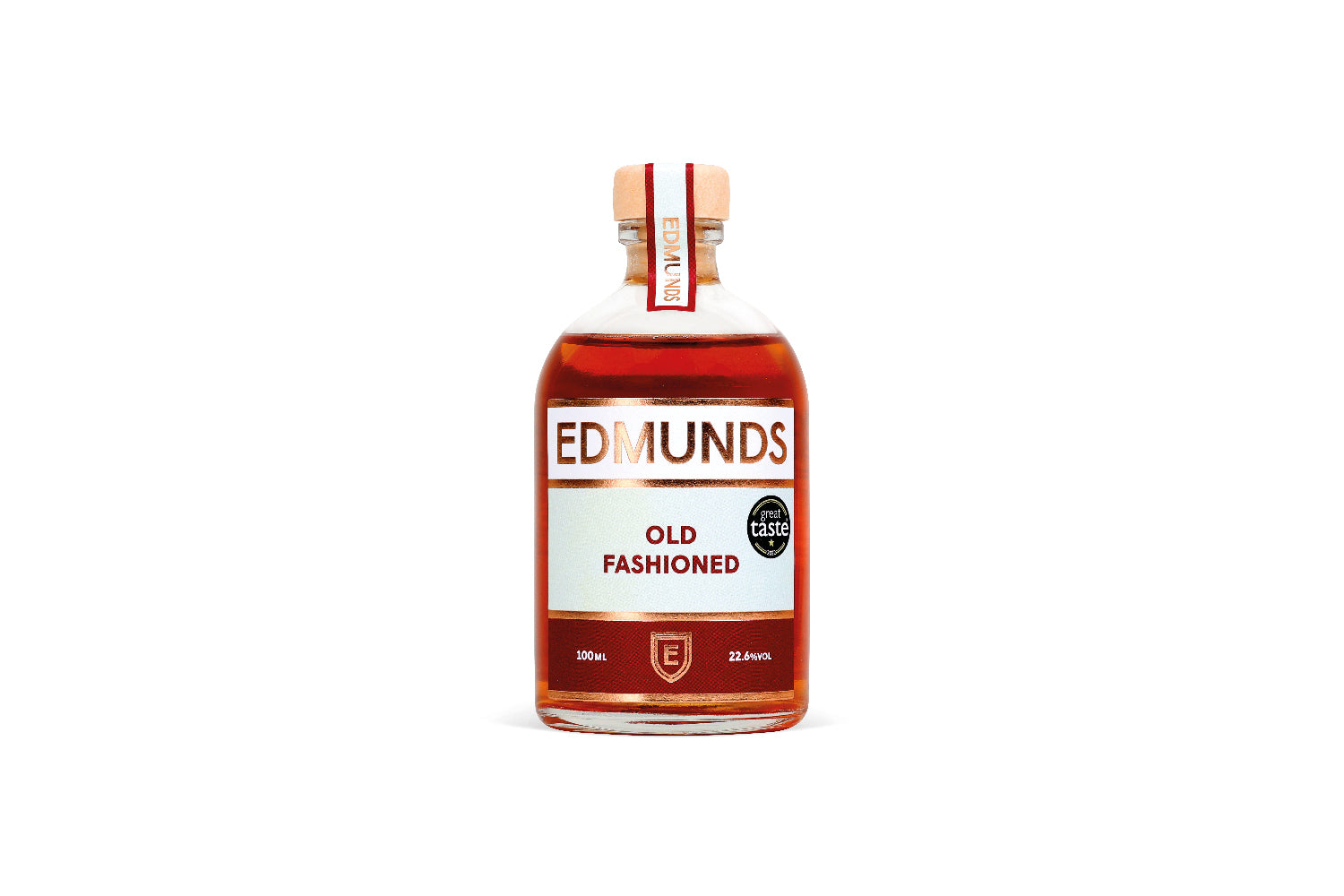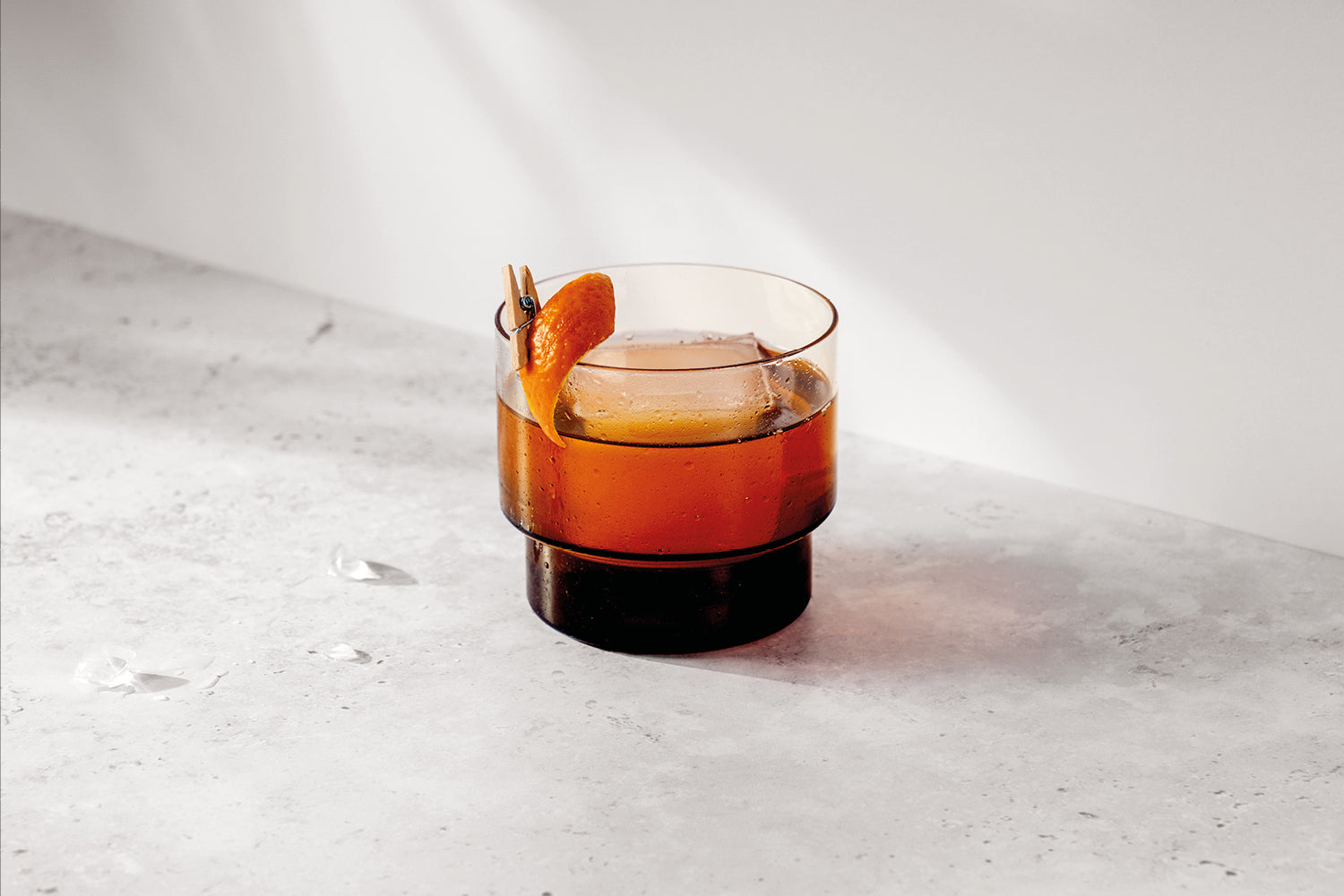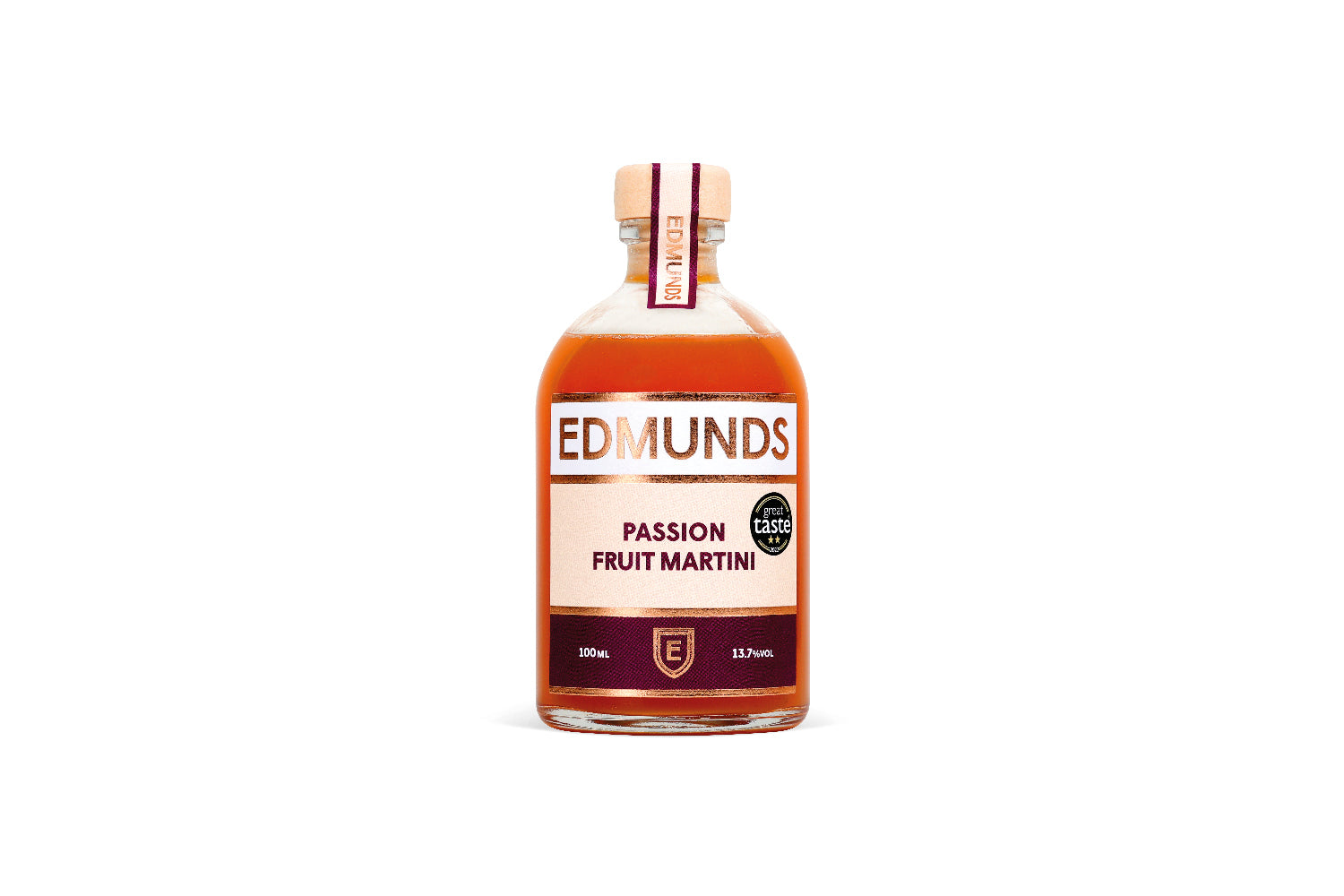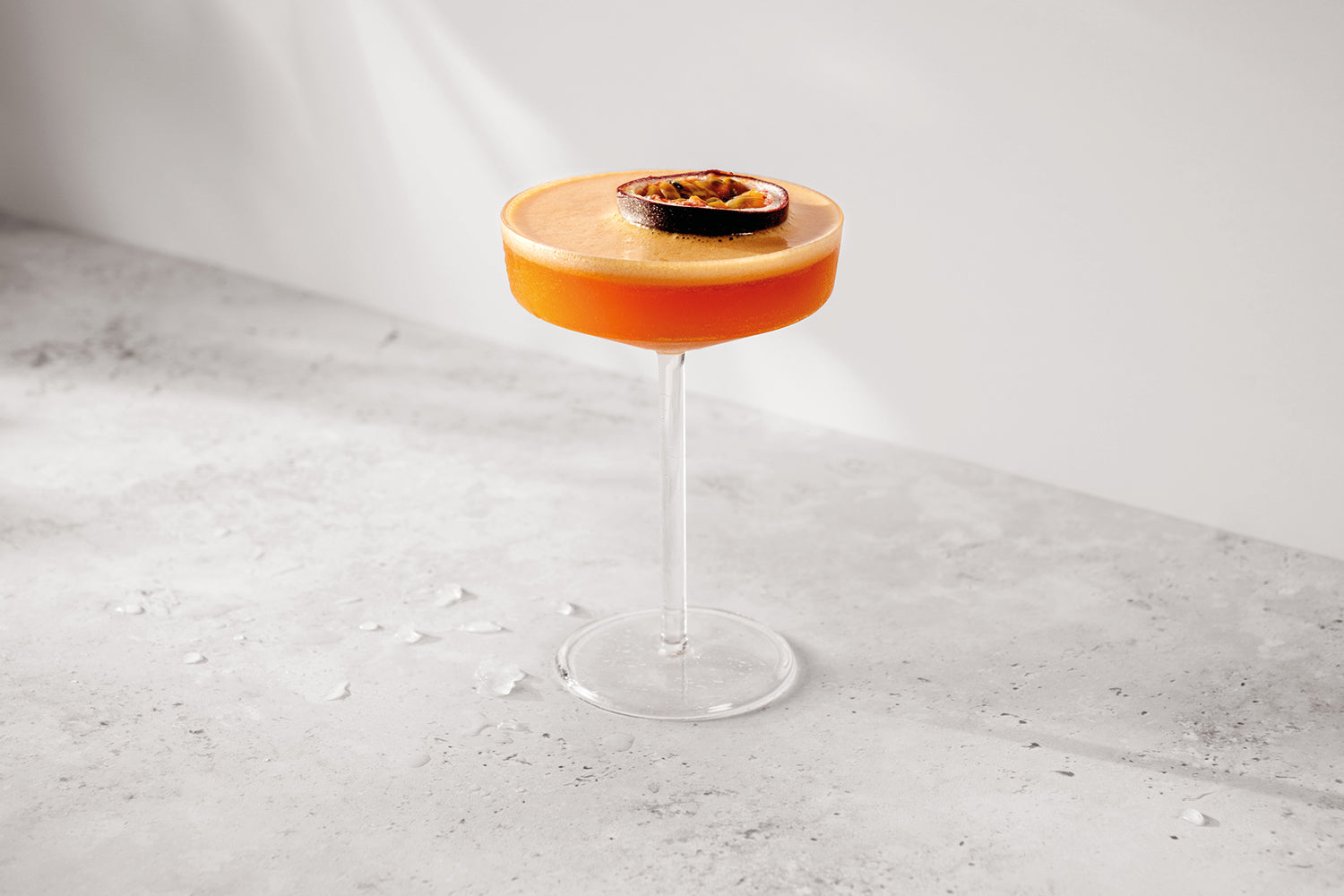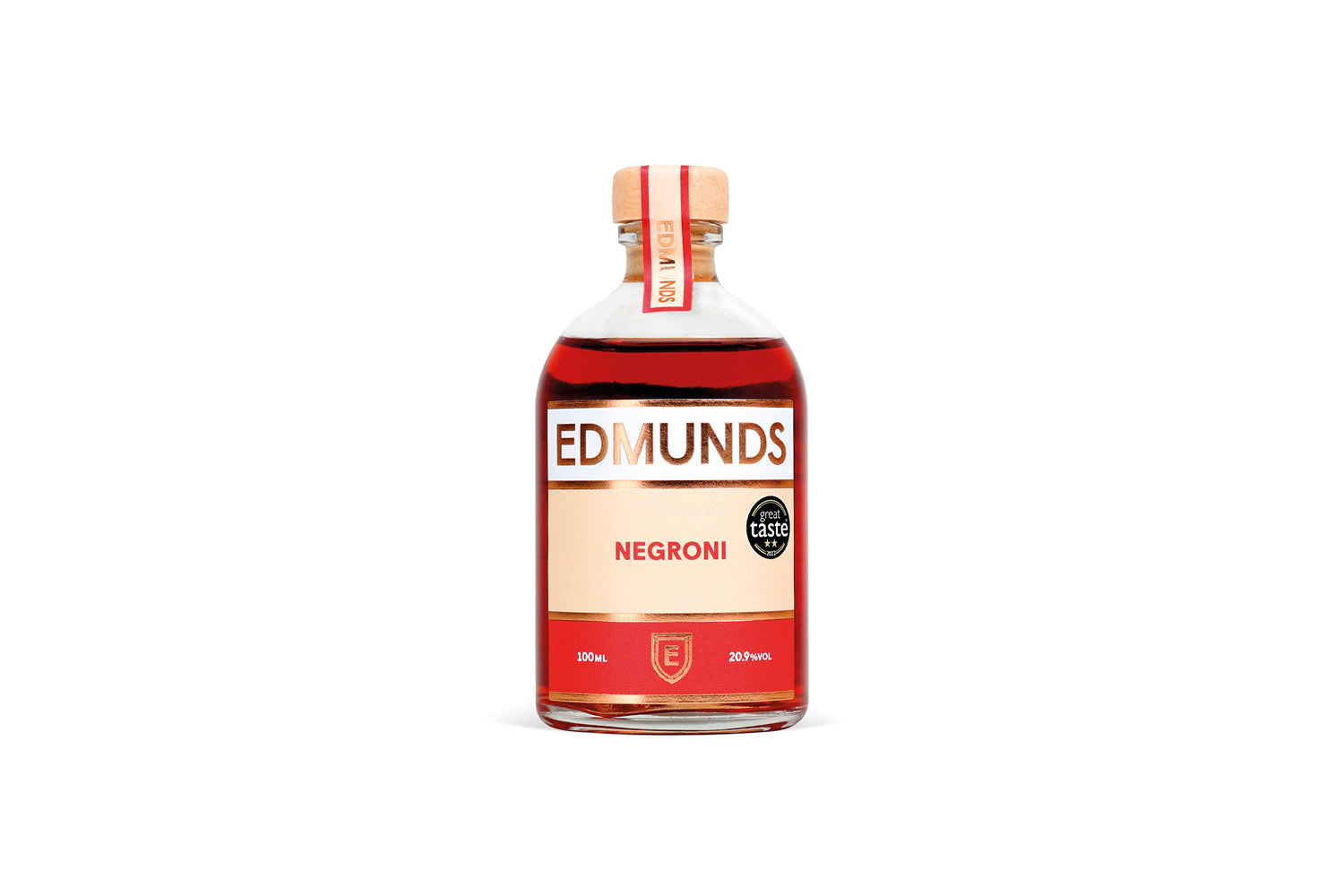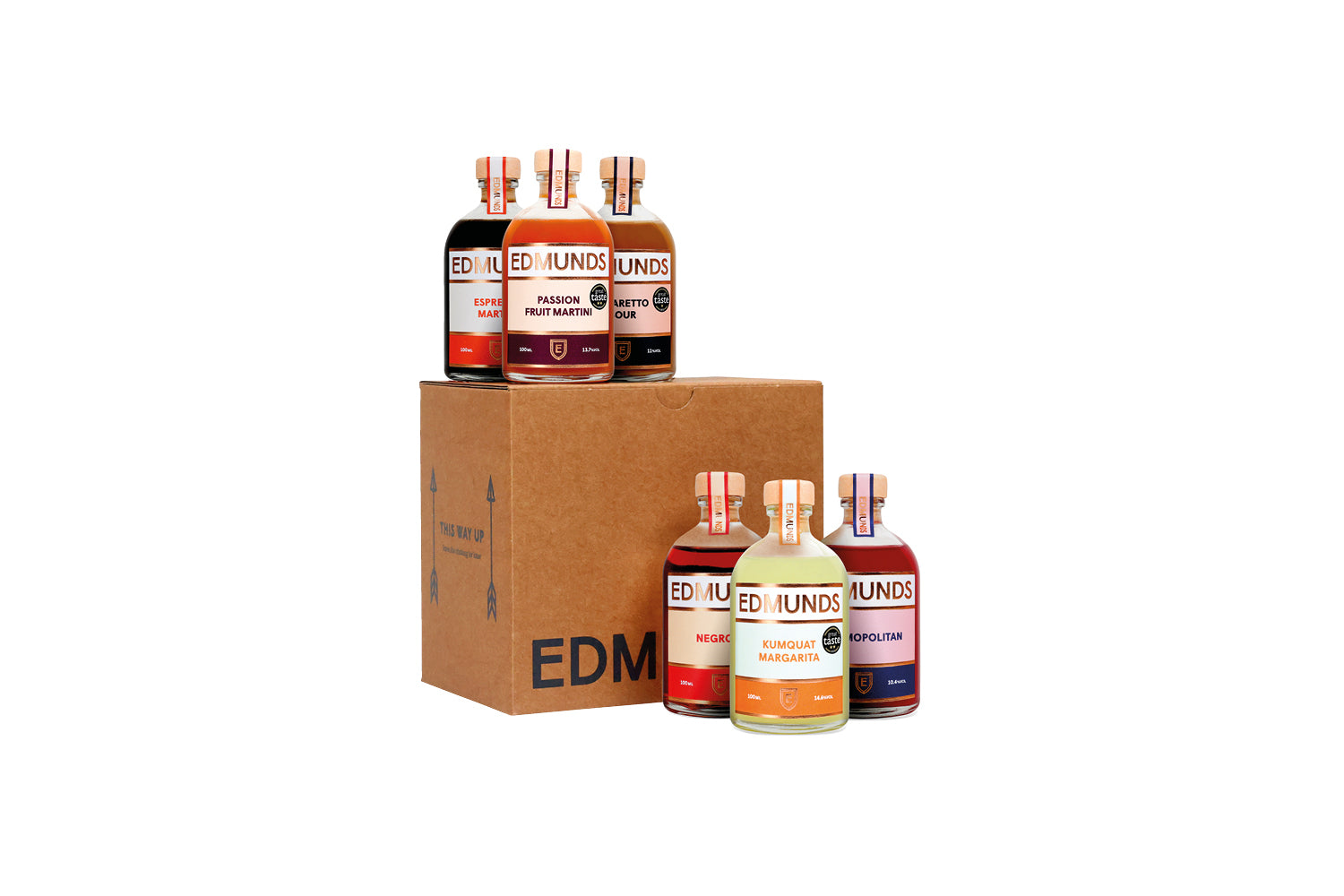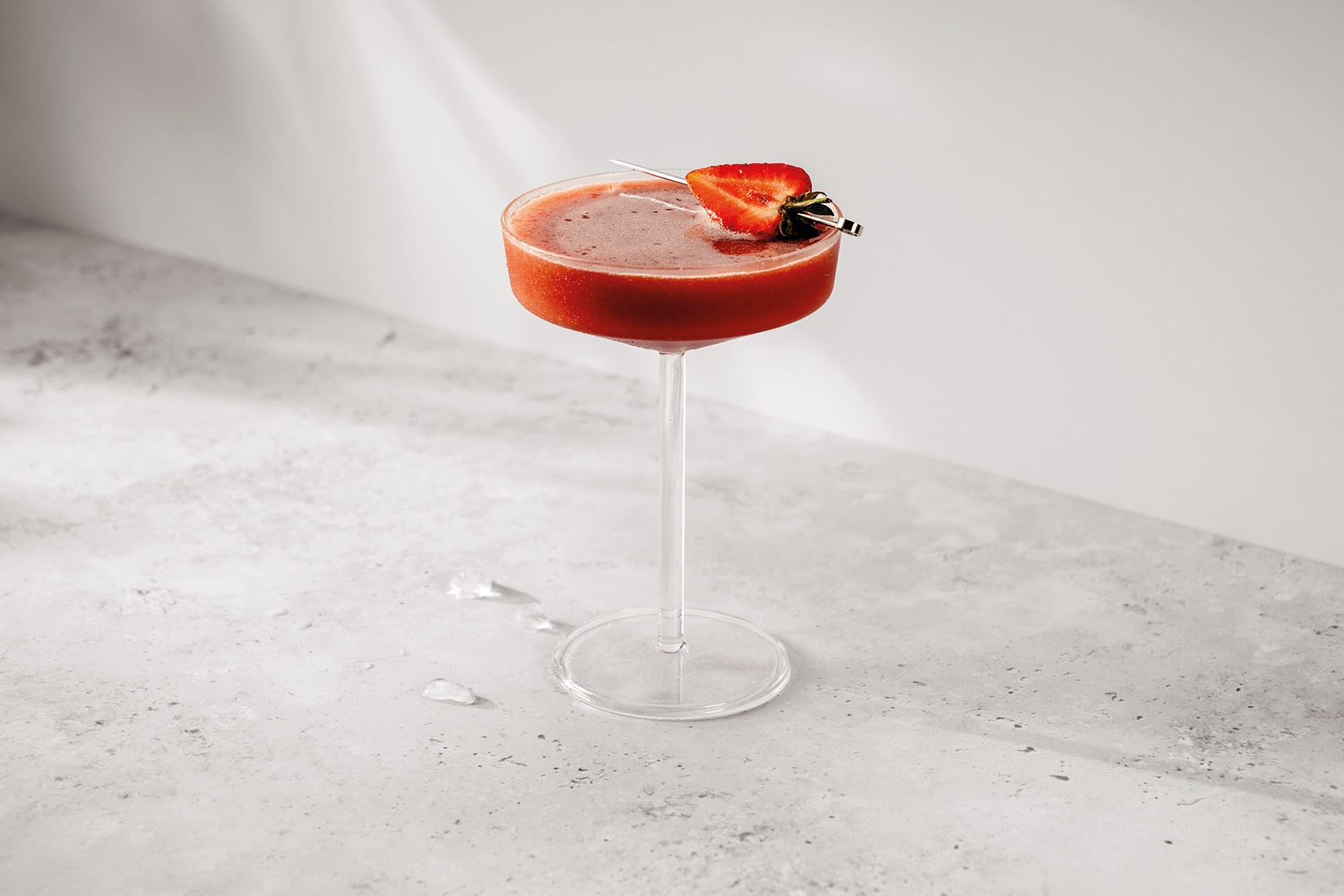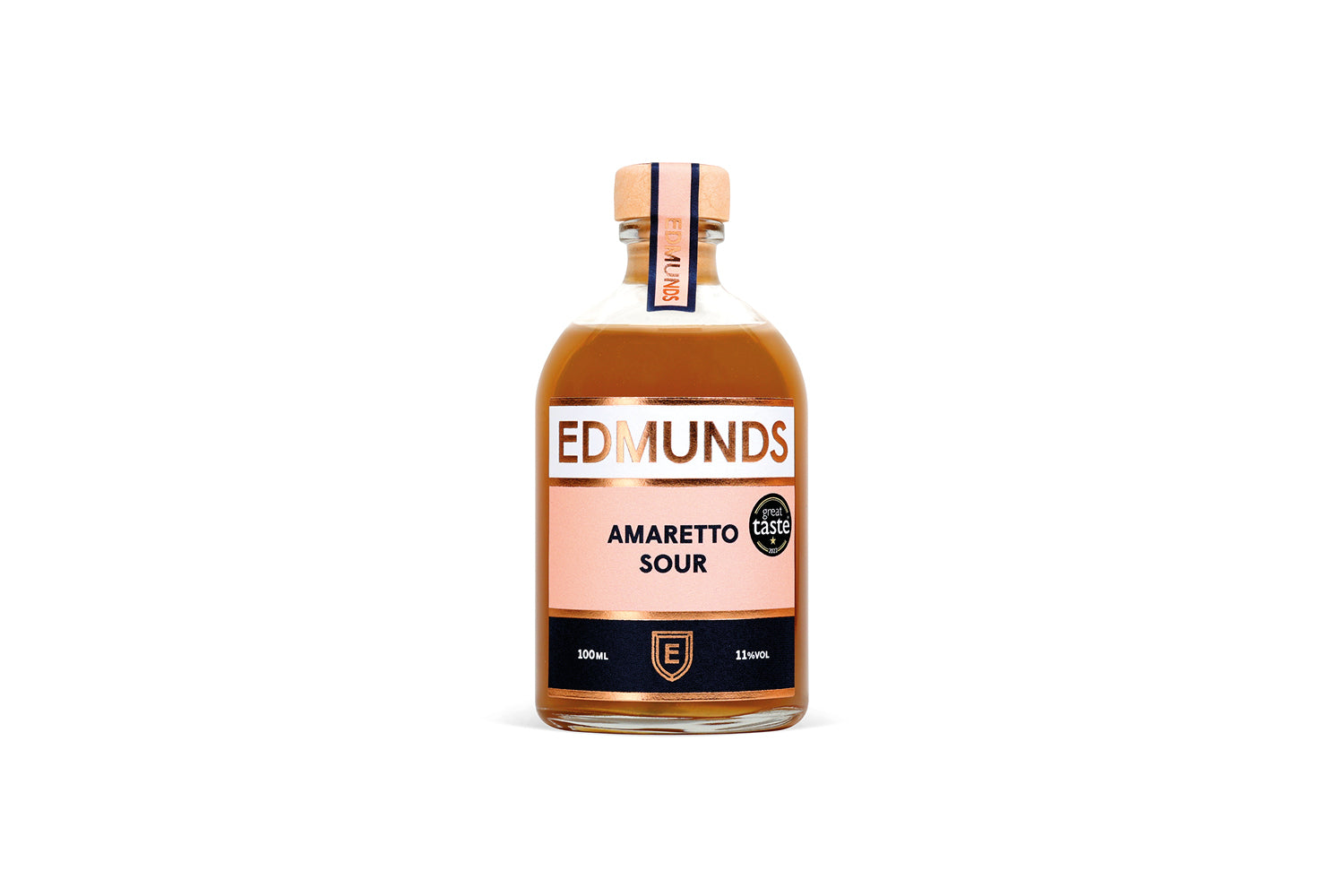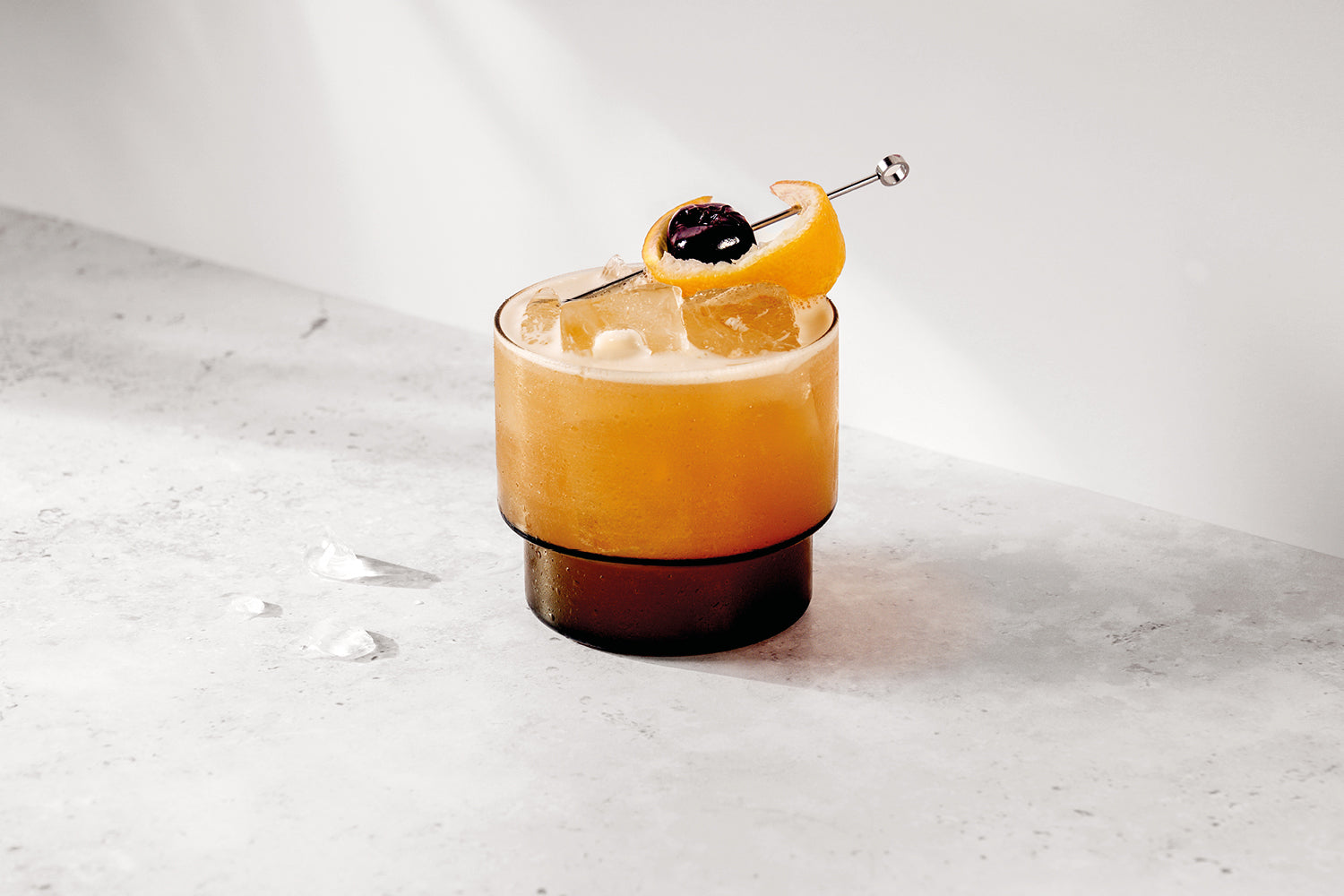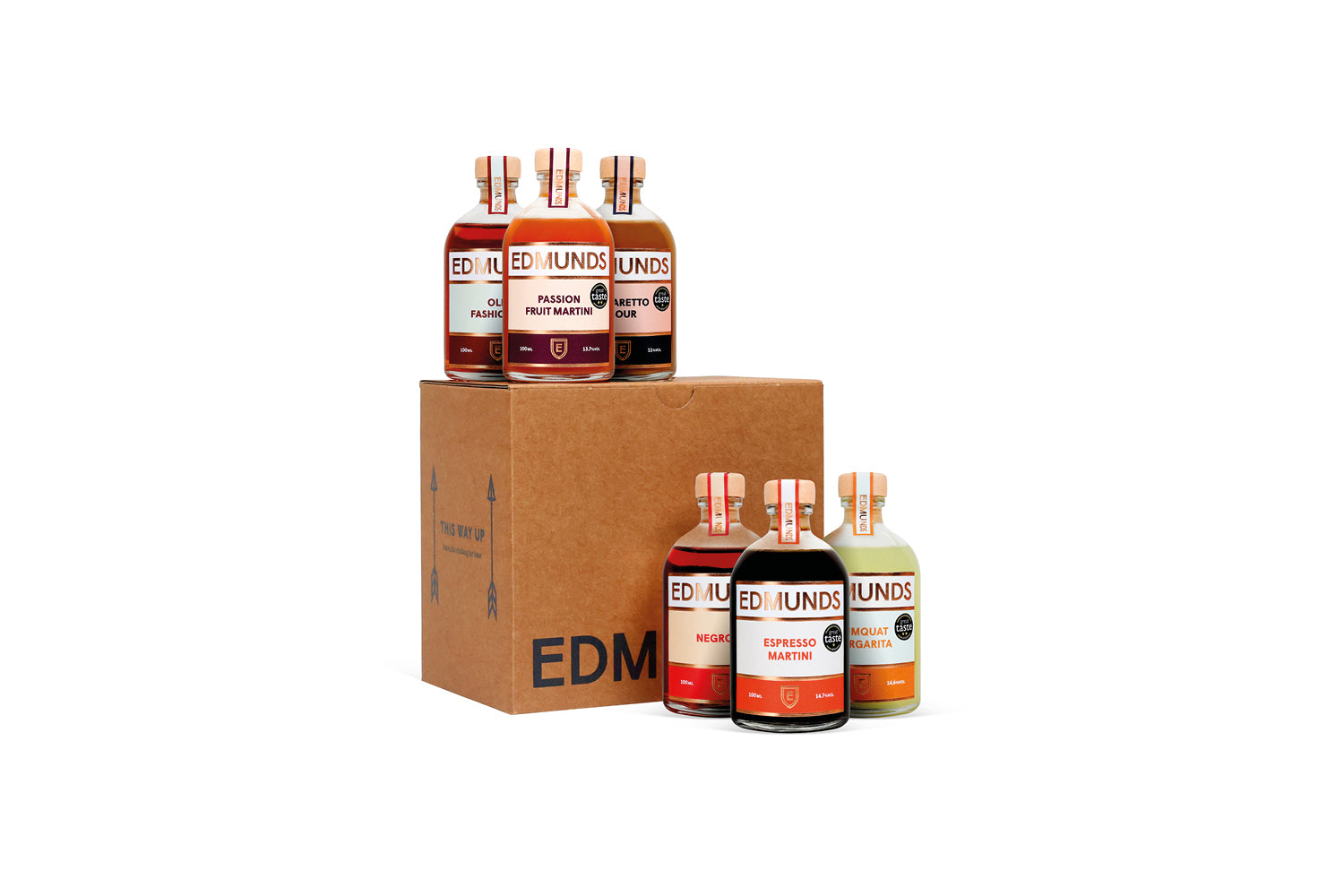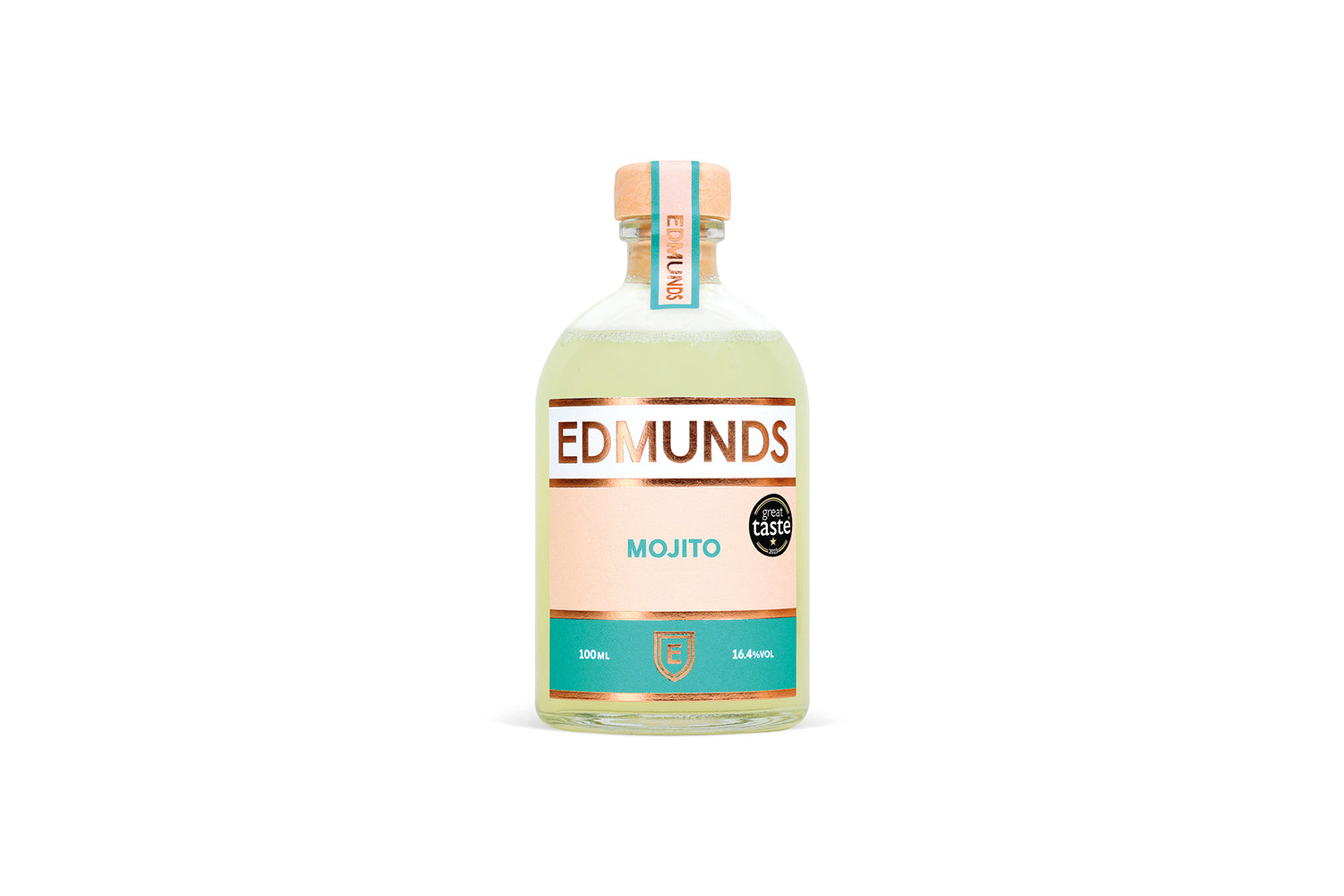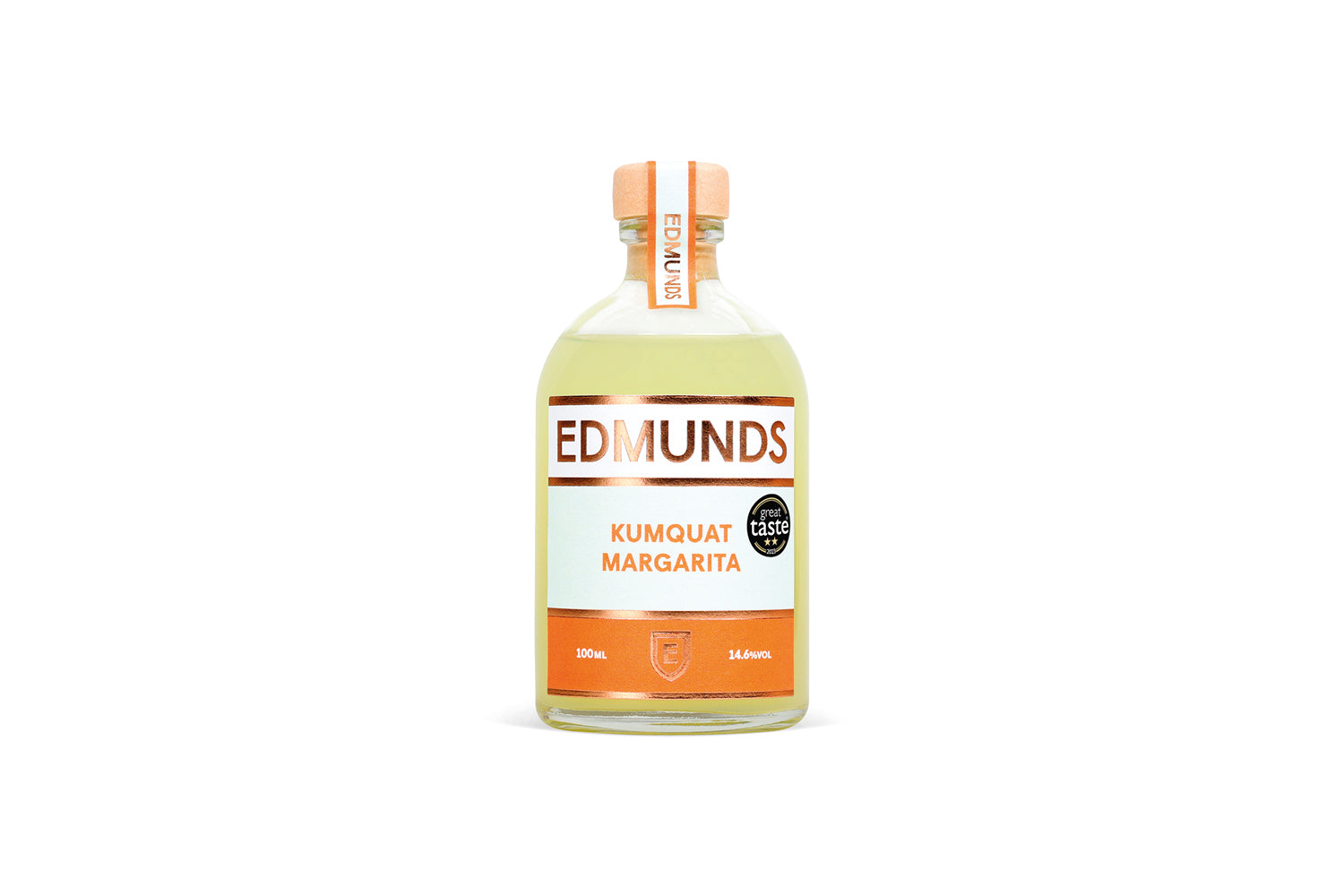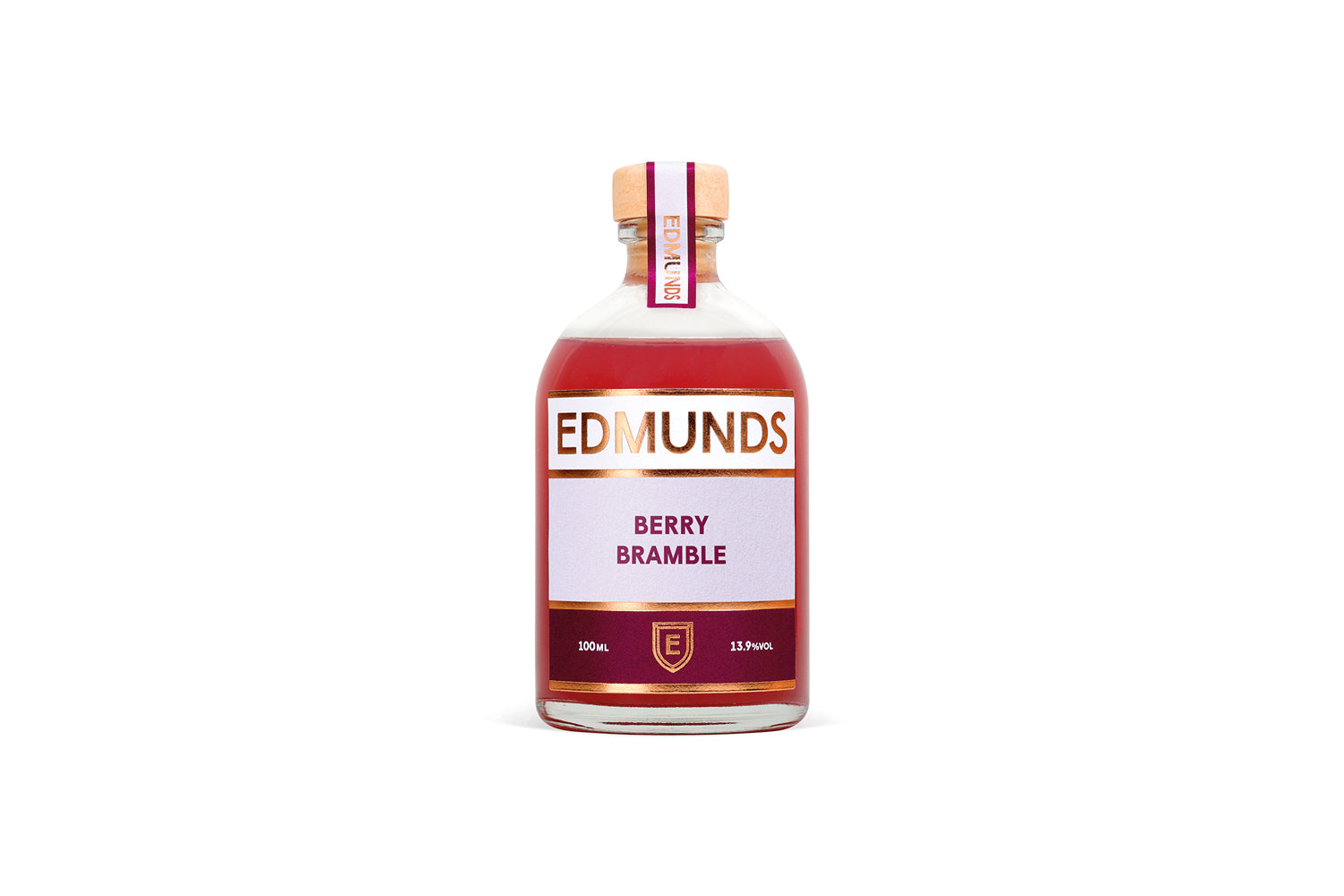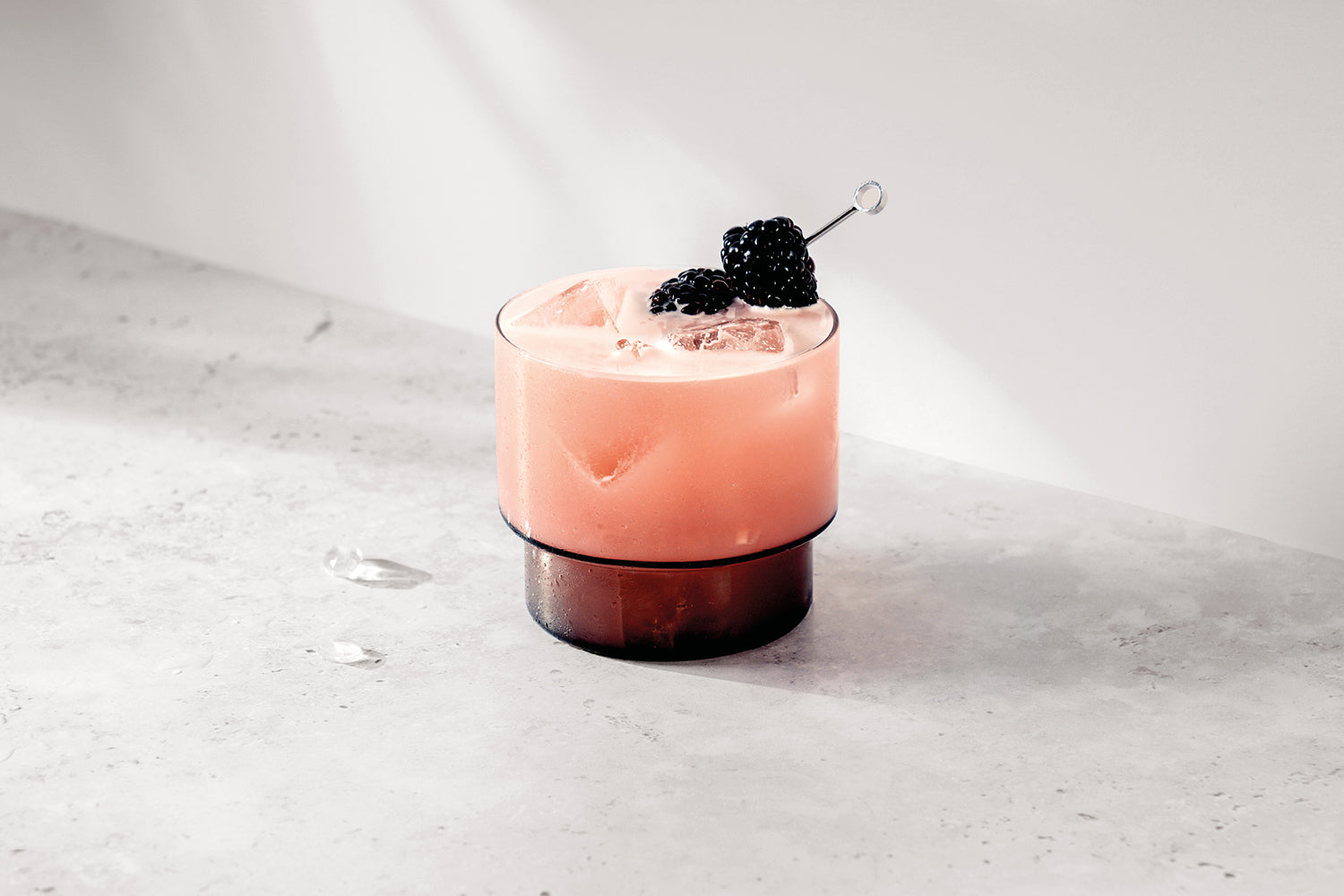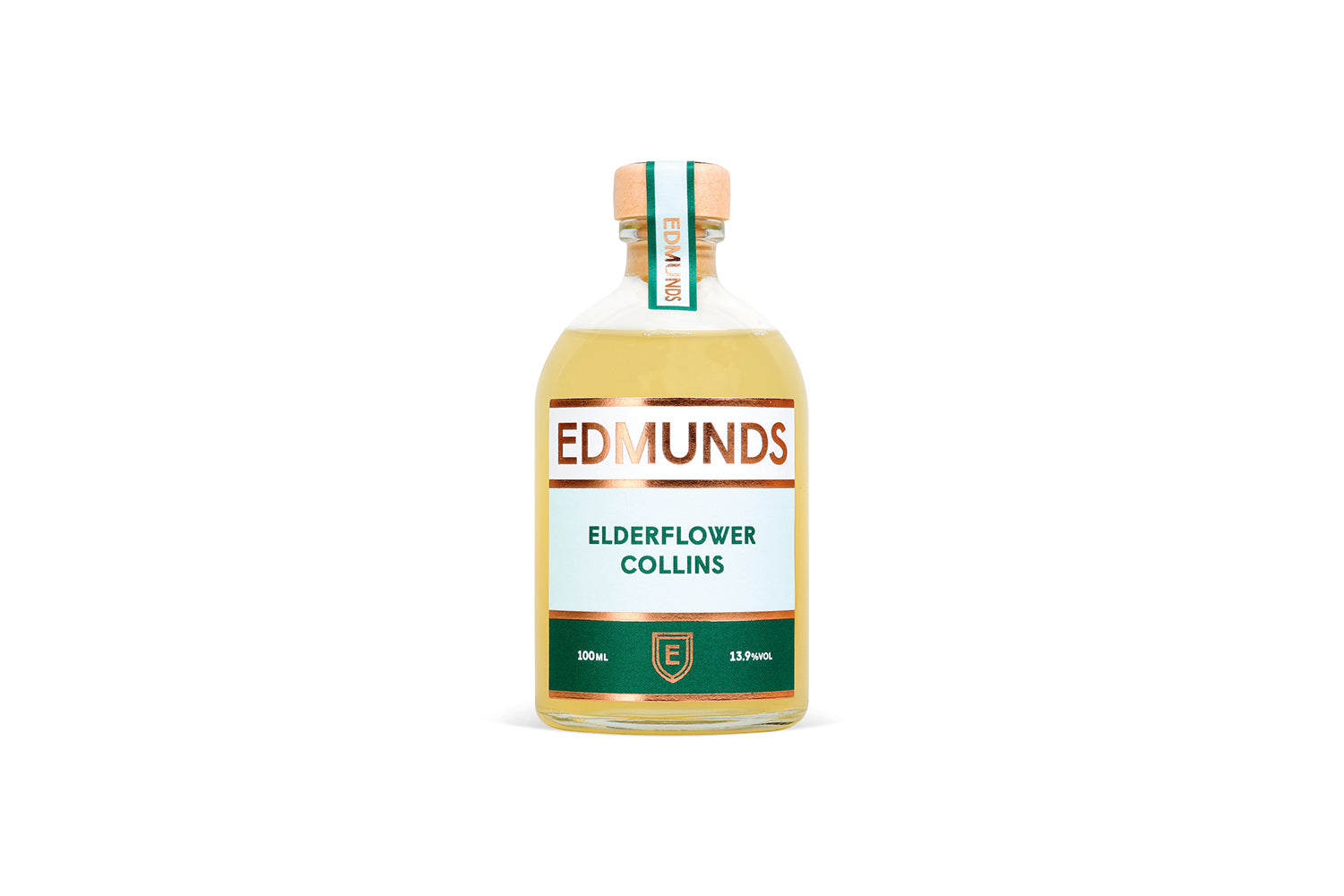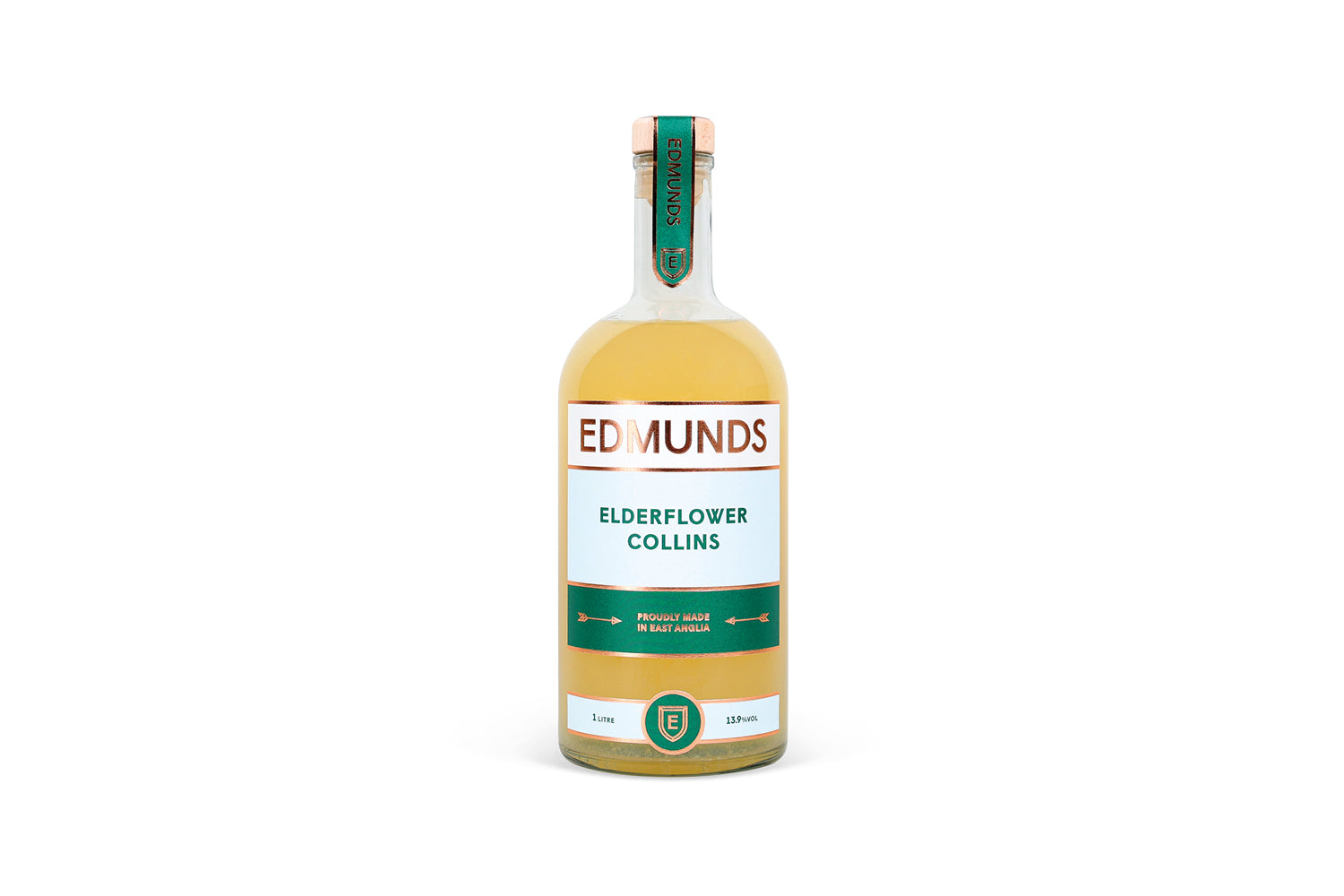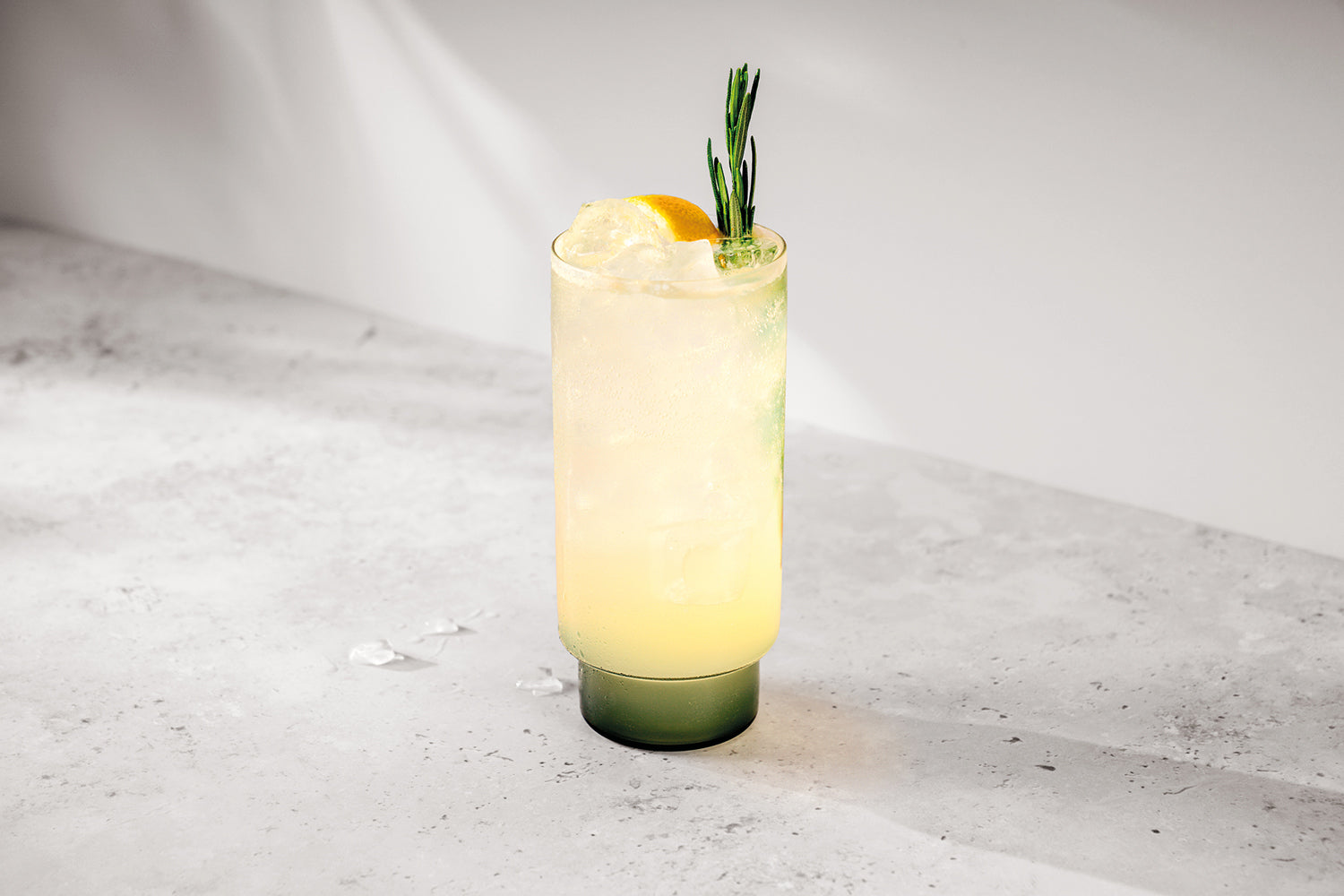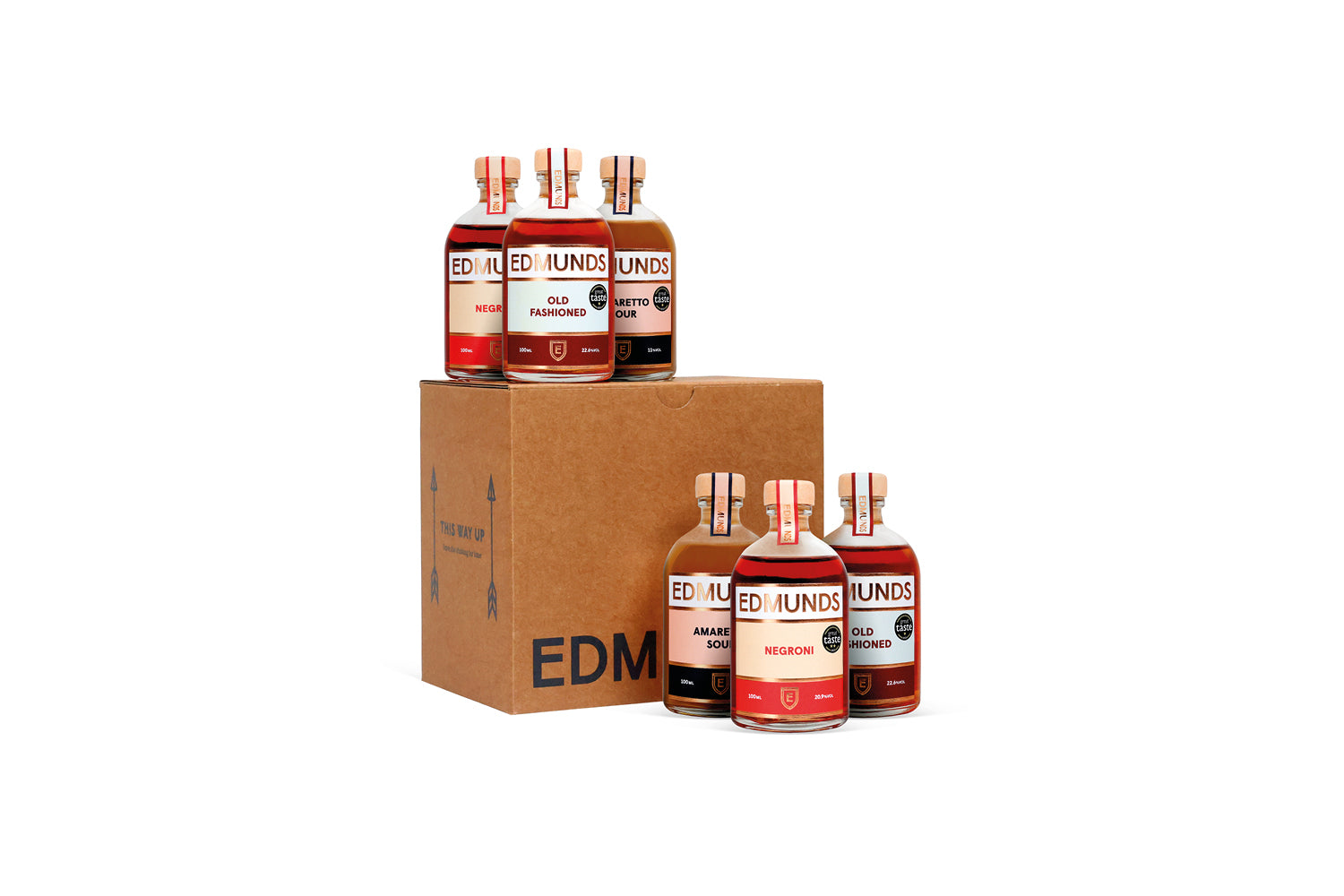Once upon a time, home-made liqueurs like sloe gin and rhubarb cordial were – like sweet sherry – squarely in WI territory, to be imbibed in moderation at a vicarage supper party or over a polite game of Bridge.
The dark horse of the hedgerow
However, the growing appetite for sustainability and seasonality in drinks, as well as the rise of the so-called ‘cottage-core’ design aesthetic, has sparked a revival in traditional foraged fruits – a trend which is also being reflected on the bar menu.
Unlike blackberries and raspberries – which have long been prominent foraging targets – sloes are still pretty niche.
They’re also easy to miss if you’re not sure what you’re looking for: inky-purple berries* roughly the size of a grape that lurk in the depths of the off-puttingly spiky blackthorn bush, sometimes too high to safely reach. Added to which, you’ve got to collect quite a lot to fill a jar – and they taste unpalatably astringent if you try them raw.
Sloe-ly des it
Putting sloes to good use takes patience and time: they’ll need to be softened in the freezer before being spiked with a darning needle and steeped in a jar of gin and sugar for several weeks before the liqueur is ready to drink.
But, as anyone who’s put in the hard labour knows, it’s a worthwhile endeavour, as the berries produce a wonderfully fragrant, fruity sharpness that’s hard to replicate with other fruits.
They have been used to flavour alcohol for centuries. Here in the UK, gin is the most common base but a version of the liqueur is made from a variety of spirits in France (crème de prunelles), in Italy (bargnolino) and in Spain (pacharán), where it’s often partnered with a smidgen of aniseed.
Happily, sloes are now enjoying a revival in modern mixology, too, inspiring a new generation of cocktails that celebrate local, seasonal ingredients. Which is good news because the sloe absolutely deserves its place in the bar spotlight. Its rich colour, tart complexity and seasonal flavour profile make it a standout ingredient for both classic and contemporary cocktails.
A new breed of sloe-based liqueurs
Thankfully, for the non-foragers among us, modern distillers have begun to reimagine this classic country liqueur, experimenting with lower sugar levels and higher-quality base gins, tweaked with subtle botanical additions. The result is a new generation of sloe gins that are drier, more complex and incredibly versatile in cocktails.
Sloes also pair beautifully with woody herbs like rosemary, thyme and lavender, or with spices such as cinnamon and clove, making them ideal for both mulled winter punches and refreshing summer spritzes alike.
The Sloe Gin Fizz – a refreshing blend of sloe gin, lemon juice, sugar syrup and soda water — remains popular, for obvious (tasty) reasons. A Sloe Negroni adds a fruity edge to the Negroni’s traditional bittersweet profile, while a Sloe Martini brings an undeniably autumnal feel to this classic cocktail.
Get your Christmas vibe on
With Christmas – and all its attendant social gatherings – just around the corner, sloe gin can pretty much be splashed into cocktails whenever the fancy takes you.
Give a glass of sparkling wine a festive twist by turning it into a Sloe Royale or embrace the full weather-outside-is-frightful fireside indulgence with a Winter Bramble (gin shaken with sloe syrup, lemon juice and crushed ice).
At Edmunds, we’ve created a new Christmas cocktail – Let It Sloe to accompany our White Christmas winter favourite. The blend of premium 6 O’Clock sloe gin, kumquat liqueur, cranberry and lime juice makes for a fab festive aperitif and is perfect for serving with canapés. Deep berry notes bring warmth and sophistication, while a hint of citrus adds a lively sparkle.
Simply shake the contents of the bottle with ice and serve over rocks in a tumbler, garnished with cranberries. Go on, let it sloe!
*We call sloes ‘berries’ for ease of reference, but they’re more rightly classified as ‘drupes’ because of their stone pip – like the fruit’s larger cousin, the plum.




